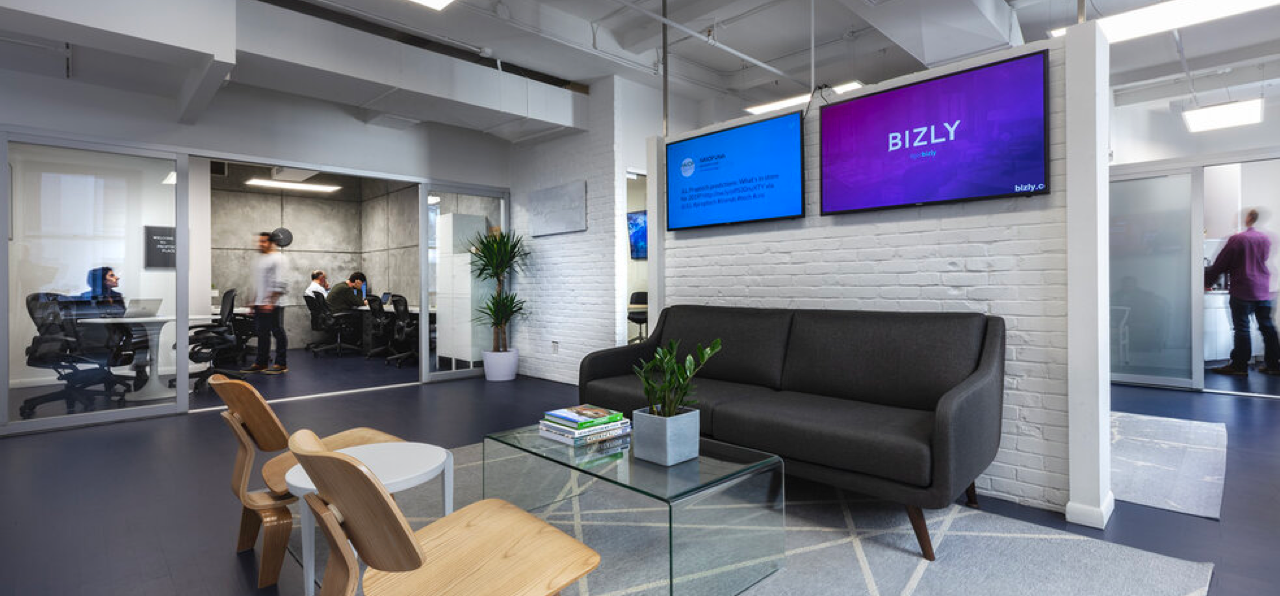Oct 10, 2017
Dispatch From The Future

I am writing to you from the year 2079. We just experienced a total solar eclipse over New York City and it enabled us, along with modern technology, to create a brief time warp. For some silly reason, people think that instead of hearing about our great medical advances over the past 62 years or the technology that enables us to travel through time, you would like to hear about how we evaluate complex real estate transactions in the future.

My granddaughter just joined the real estate business. Her first assignment is to conduct diligence and potentially acquire a development site on Mars. We started successfully landing people on Mars in the 2030’s and the real estate business started to evolve in the 2050’s once we discovered sustainable water sources deep underground. Crude “bubble cities” with poor vegetation eventually gave way to more developed urban areas with larger, more permanent structures.
Mars is an interesting market, as almost everything is 3D printed using Graphene on site within days. So, a project has to be fully baked, so to speak, and ready to go, as soon as it’s underwritten. The days of change orders are long gone. Therefore, one has to move fast in this market to win deals.
Although doing business on Mars has its challenges, it also has its benefits. The land registry system on Mars was created in the 2050’s and was built on a best in class, scalable, blockchain based infrastructure. People began creating copious amounts of data on each property as soon as the system was set up, so each token that represents a property can be seamlessly exchanged for multiple different types of cryptocurrency. Tokens also contain detailed information on all the previous transactions of the property, as well as detailed environmental reports, surveys, and other key items.
I have had my eye on one site in particular. It is located close to a newly discovered source of Niobium, one of the most valuable metals on Mars. I believe that this city will attract many new immigrants looking for work, and therefore I would like to build one of the first multi-family developments.
I tell my granddaughter about it and she gets to work. I send her access to the virtual deal room. Almost all diligence and valuation work nowadays is done within this environment. She puts on a headset and finds herself staring at the site on Mars, which is currently a parking lot for mining equipment. After getting a feel for it, she heads to the control center to do her fieldwork. The control center looks like the cockpit of a spaceship, and she has 12 screens at her disposal, showing her the survey that is currently being conducted by a small army of drones in the air, and robots on the ground. With the latest technology, a new survey and Phase I report can be completed within minutes, and automatically recorded on the digital token.
After getting comfortable physically with the site, she imports the zoning code of this Martian city into her headset and gets to work creating massive studies of what can be built.
The zoning allows for both office and residential, so she consistently toggles between each use case, while using her AI audio chatbot to solicit proposals from architects who would want to design either type of structure and general contractors who would want to build it. Within two hours she has obtained three designs for each use that she really likes. She is ready to start underwriting.
Underwriting is now done in tandem with chatbots. The bots pull data from the cloud on construction pricing, office rents, and apartment rents near the area. They quickly scan expected macro trends for the area based on the expected influx of workers and residents and bump up the most recent comps accordingly. After one hour of iterating with her chatbots on the best possible scenarios, she is ready to stress test it in the market. She also obtains feedback from her construction team.
She creates a quick virtual flythrough of the presentation and sends it out to thousands of potential equity and debt partners globally. Within minutes she begins receiving feedback messages on its viability, and then goes back and redesigns the building, tweaking a few assumptions. Once she goes back out to the market, the response is positive. Within one hour, she receives two term sheets for debt and three for equity.
We are in business! We still have a few more hours to bid on the property. People are bidding from all over the globe so we hope we can secure this site. If we win, the graphene will be shipped up to Mars within a few business days and they will begin the two-week construction process.
